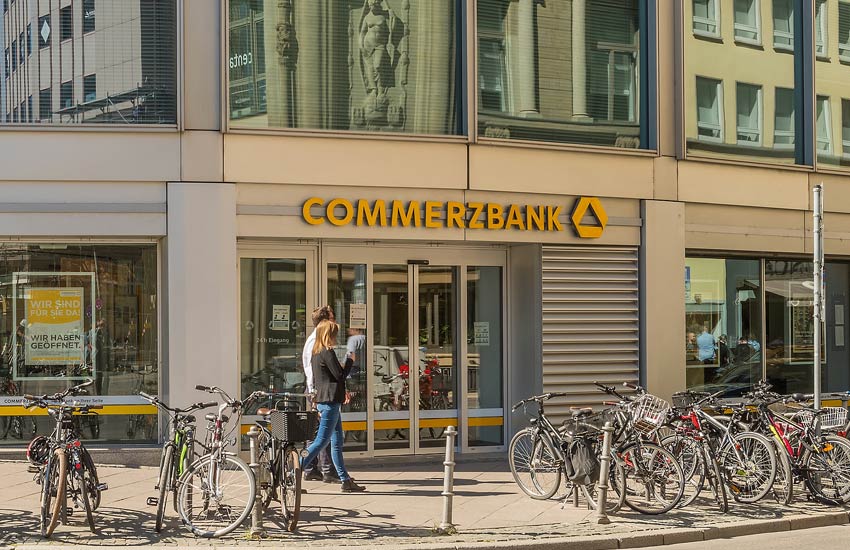Chen Wei, CEO of ZhongAn Tech, believes blockchain will play a significant role in transforming China’s insurance sector. Wei said that the company had data-sharing agreements with over a 100 Chinese hospitals to automate claims.
“Insurance sales used to rely on agents and individual salespeople. However younger generations prefer making online purchases,” Chen said according to South China Morning Post. “Insurance clients no longer need to file paper documents as proof. Instead, they can just say when and which hospital they attended.”
ZhongAn Tech is a subsidiary of China’s largest online insurer, ZhongAn Online. The parent had a turnover of just under $1bn in 2017, and its current market capitalization is almost $10bn. The insurer was founded by the heads of Alibaba and Tencent as well as Ping An Insurance, China’s second largest insurer.
The founding partners are essential to the company’s success. Many products are sold online as add-ons, so the partners provide the distribution. For example, they sell insurance for e-commerce purchases. Sellers can insure the cost of shipping replacement products for less than 50 cents, and buyers can buy cover for returning products. According to their prospectus, shipping return insurance made up 39 percent of their revenue in 2016.
The CEO confirmed that parent ZhongAn Online stores all insurance policies on a blockchain.
Wei said the company is working with Shanghai’s insurance regulatory bureau to build a blockchain-based reinsurance platform.
A new kind of microinsurance
MetLife’s Zia Zaman recently outline his concept of micro-moment insurance. This is not microinsurance targeted at the bottom end of the market, but moments in time when anybody would like to have cover. MetLife is experimenting in Singapore with insurance to cover gestational diabetes.
ZhongAn specializes in this type of microinsurance at scale. ZhongAn has sold 7 billion policies to 490 million customers. Apart from the e-commerce insurance, they cover cracked screens, flight delays, and event cancellations.
They’re also making inroads into auto insurance. January 2018 auto premium income of almost $9m was equivalent to 70 percent of their auto insurance income for the whole of 2017.
Insead recently published a report about ZhongAn. By the end of 2017, the Chinese insurer had almost 300 insurance products. By customizing the products, that amounts to thousands of different offerings. They can launch a new product in just one month.
The report highlighted the high expense ratio as a percentage of gross premiums at 76.5 percent in June 2017. They attributed this in part to the high fees of 30 percent it has to pay to the partner websites.
However, you might expect a higher ratio given the micro level of the premiums.






